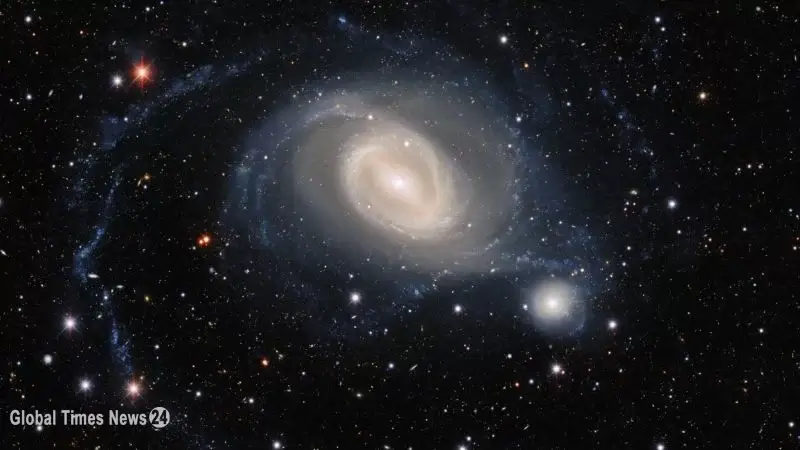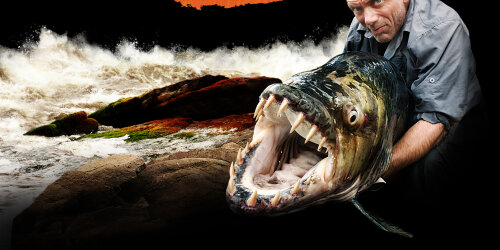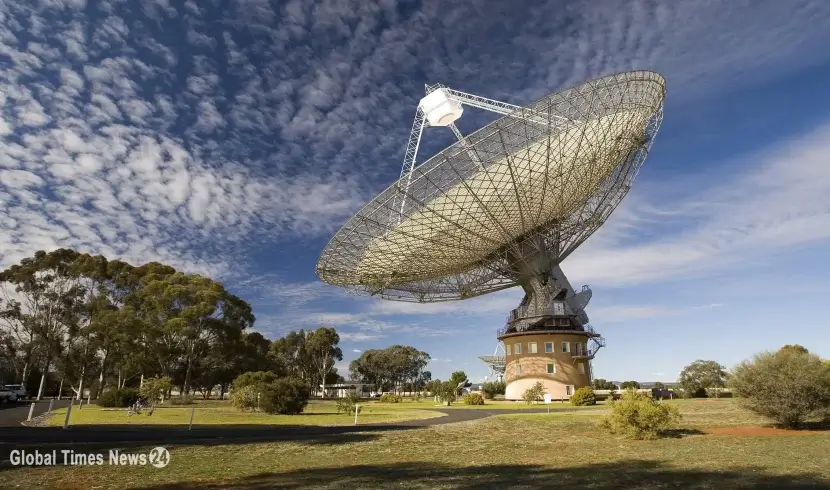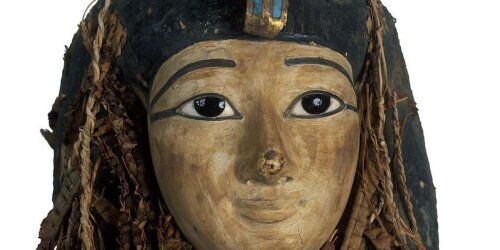In Australia, scientists found the world's oldest heart in a 380 million-year-old type of fish. Scientists claim that the study, led by Curtin University in Perth, reveals how human bodies have evolved.
The fish fossil was discovered by researchers in the Gogo Formation in West Australia's Kimberley area.
The fish specimens were kept in limestone concretions, and the study team, led by Professor Kate Trinajstic, scanned them using x-rays and neutron beams, according to a statement from Curtin University.
The soft tissues inside them were then captured in three dimensions.
For the first time, research has produced a 3D model of a complicated s-shaped heart in an extinct type of jawed fish called an arthrodire. The study was published in the journal Science.
The discovery, according to lead researcher Professor Trinajstic, is amazing.
She continued, "As a palaeontologist who has studied fossils for more than 20 years, I was truly amazed to find a 3D and beautifully preserved heart in a 380-million-year-old ancestor."
The discoveries have important ramifications for the study of evolution.
“Evolution is often thought of as a series of small steps, but these ancient fossils suggest there was a larger leap between jawless and jawed vertebrates," Trinajstic said. "These fish literally have their hearts in their mouths and under their gills -- just like sharks today."
She continued by saying that the discovery provided crucial hints on the history of vertebrate anatomies.
The announcement about the findings added, "These features were advanced in such early vertebrates, offering a unique window into how the head and neck region began to change to accommodate jaws, a critical stage in the evolution of our own bodies."
News ID : 1260


 Russia test-fires Tsirkon hypersonic cruise missile capable of hitting target at 1,000 km
Russia test-fires Tsirkon hypersonic cruise missile capable of hitting target at 1,000 km
 62 New Moons Discovered Orbiting Saturn!
62 New Moons Discovered Orbiting Saturn!
 Hackers send message on Israeli PM's mobile phone
Hackers send message on Israeli PM's mobile phone
 A Meteor crashed into Mars, triggered a massive quake, NASA pics show
A Meteor crashed into Mars, triggered a massive quake, NASA pics show
 The cosmic dance of the colliding galaxies
The cosmic dance of the colliding galaxies
 11 strange things that washed ashore in 2021
11 strange things that washed ashore in 2021
 Scientists discover mysterious radio waves about 1,300 light-years away from Earth
Scientists discover mysterious radio waves about 1,300 light-years away from Earth
 For first time in 3,000 years, Mummy of famous Egyptian pharaoh digitally unwrapped
For first time in 3,000 years, Mummy of famous Egyptian pharaoh digitally unwrapped
 A rogue black hole spotted wandering 5,000 light-years from Earth
A rogue black hole spotted wandering 5,000 light-years from Earth
 In a historic launch, the Webb Telescope blasts off into space
In a historic launch, the Webb Telescope blasts off into space
